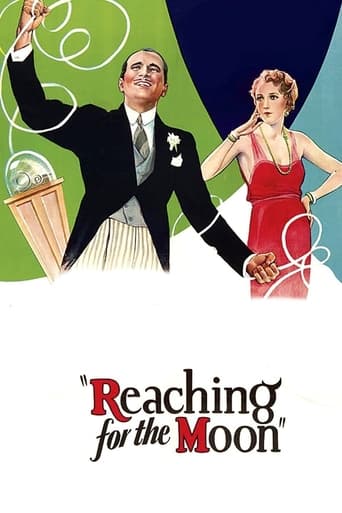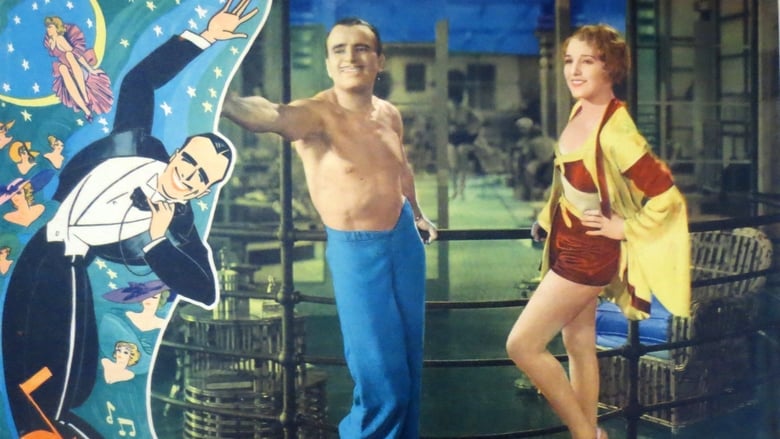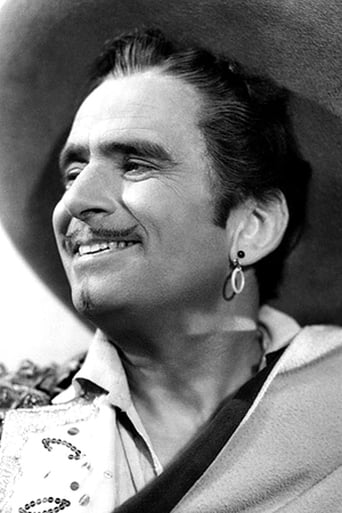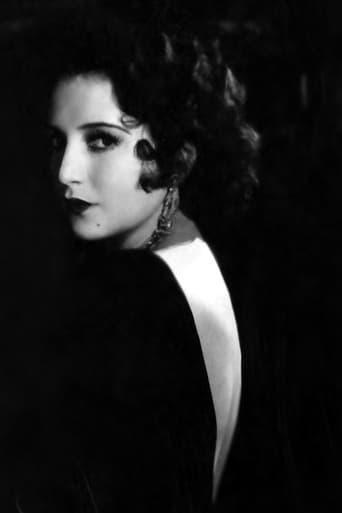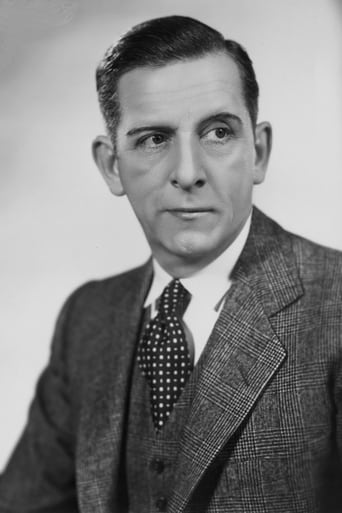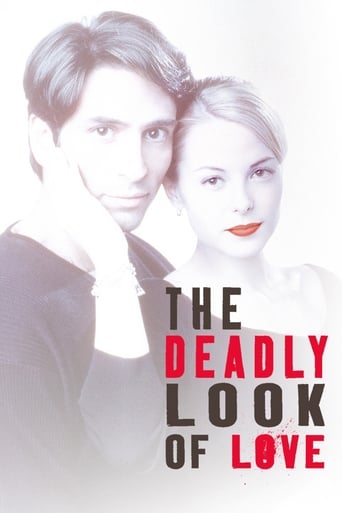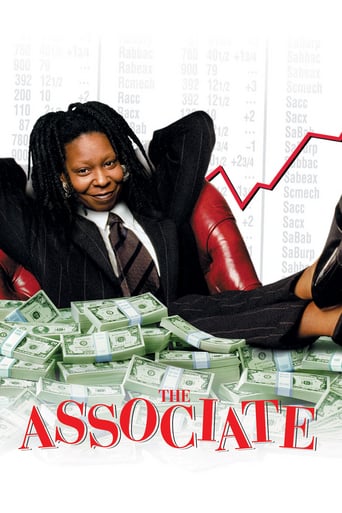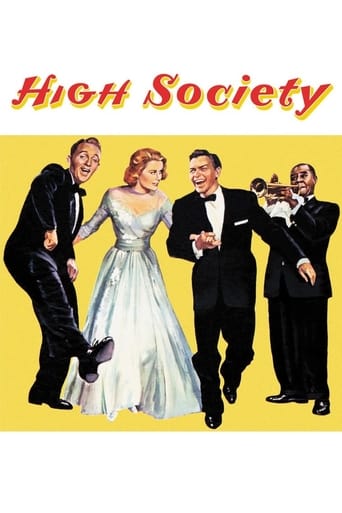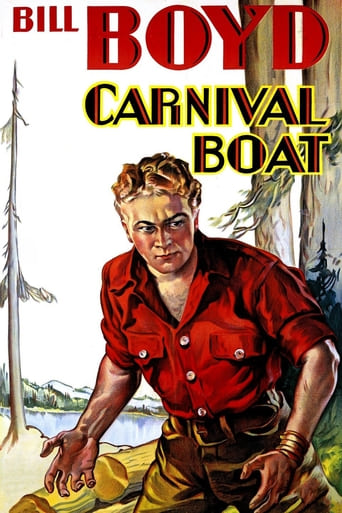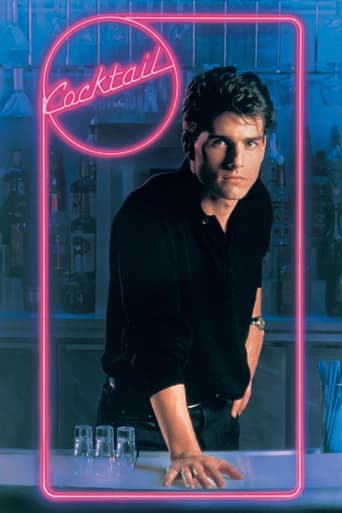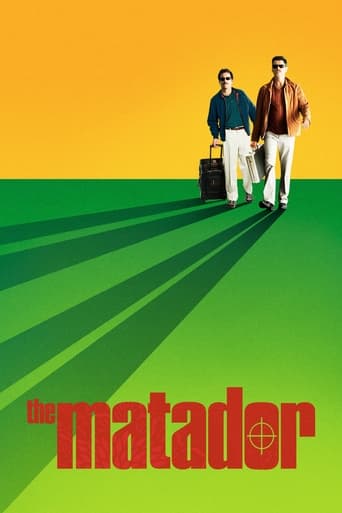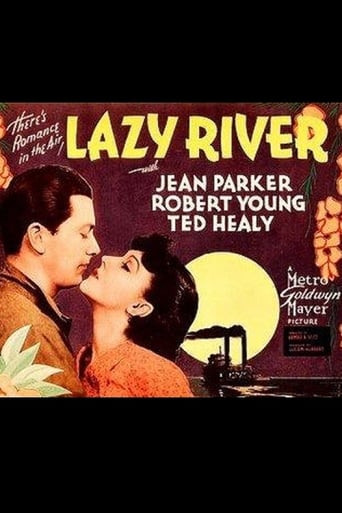Reaching for the Moon (1930)
Wall Street wizard, Larry Day, new to the ways of love, is coached by his valet. He follows Vivian Benton on an ocean liner, where cocktails, laced with a "love potion," work their magic. He then loses his fortune in the market crash and feels he has also lost his girl.
Watch Trailer
Free Trial Channels
Cast


Similar titles
Reviews
I like the storyline of this show,it attract me so much
Some things I liked some I did not.
If you're interested in the topic at hand, you should just watch it and judge yourself because the reviews have gone very biased by people that didn't even watch it and just hate (or love) the creator. I liked it, it was well written, narrated, and directed and it was about a topic that interests me.
One of the best movies of the year! Incredible from the beginning to the end.
This movie was supposed to be a musical, but by 1930 audiences had tired of at least the "All Singing" part of "All Talking, All Singing, All Dancing" movies. Virtually everyone's first talking picture was a musical, and there just wasn't enough good music to go around. Theaters were even putting up signs in the cases of movies that sounded like they might be musicals with statements that read "This is not a musical" so as not to repel audiences. This situation lasted until 1933.In this case, the movie probably would have been much better if it had gone through with the originally planned musical format. The introductory titles show that the music was written by Irving Berlin, and the cast even includes crooner Bing Crosby, who was so good in "The King of Jazz" that came out that same year. Instead, there is only one musical number two-thirds of the way into the film, and that is the only place we get to see or hear Bing Crosby. On top of that, Bebe Daniels, the lead actress, was a much better singer than she was an actress. Thus making this a romantic comedy of sorts really took away from all that she could have brought to the movie.What you're left with is a little bit more than a shell of a movie. It seems like nobody bothered to fill in the blanks left by the depletion of the would-have-been musical numbers. I give this movie six stars instead of five mainly because of the historical value. Douglas Fairbanks would make only two more movies after this one. Someone else has already mentioned the factor his voice played in the end of his talkie career. It is worth mentioning that his voice isn't outright bad, but it just doesn't match the swashbuckling image he had developed during the silent era. It's a higher pitch than what you're expecting. It is great fun to see him doing some of his trademark acrobatic moves during the film, and it's hard to believe a man of almost 50 could still be so agile and have such a youthful and vigorous appearance. Particularly entertaining is Edward Everett Horton as the valet. He had a good career in silent films, but he would do even better as a character actor in the age of talking pictures where dialogue really allowed him to shine as a well-meaning if somewhat befuddled character in a myriad of films. Also, various sets in the film show off some fine and interesting examples of 1930 architecture, and it is interesting to see how the early stages of the depression were interpreted by people at the time. In 1930 the stock market sell-off is still portrayed as a "panic" and a temporary set-back that has merely bankrupted a few high-rolling financiers.
REACHING FOR THE MOON (United Artists, 1930), written and directed by Edmund Goulding, would be an interesting title best suited for a 1950s science fiction movie about astronauts rocketing to the moon, but in this instance, a lightweight comedy that takes place on board ship shortly after the 1929 Stock Market Crash where its central characters are a Wall Street wizard and an aviatrix. With a cast consisting mostly of silent screen veterans, the main attractions are the leading players Douglas Fairbanks, best known for his legendary swashbucklers as Zorro and Robin Hood, and Bebe Daniels, whose career during the sound era has overshadowed her popularity of the silent screen, thanks to the frequent revivals of 42nd STREET (Warners, 1933) for which she is best known.Following an overview (theatrical setting) of New York skyscrapers, the story opens at the Ritzbelt Hotel where two separate events are taking place: first a departure party for renowned aviatrix Vivian Benton (Bebe Daniels) in the Queen Room; and a dinner party hosted by Larry Day (Douglas Fairbanks) in the Wall Street Room. Vivian, daughter of a millionaire (Walter Walker), is secretly engaged to the stuffy British Sir Horace Partington (Claude Allister, with a catch phrase of "What a country"), while Larry, a carefree bachelor, thinks more of his job than women. Upon his departure, Larry bypasses Vivian, who shows an immediate interest in him. Jimmy Carrington (Jack Mulhall), one of Larry's employees, makes a bet that she cannot get his attention before she set sails for Europe the following day. Vivian takes that wager and gets to work. The next morning, Vi makes every effort to get past the secretary (Helen Jerome-Eddy) while posing as a Southern gal. Her influence works, leading her into Larry's office where she not only gets five minutes of his time, but an invitation to dinner at his 20th floor penthouse located on 380 Park Avenue, which so happens to be across the street from her residence. Before Vivian is set to arrive, Larry's servant, Roger (Edward Everett Horton) demonstrates his own method of making love to a woman while sitting on a patio swing, a scene that raises eyebrows from an electrician observing from afar. Wondering what has happened to her, Larry receives a telephone call from Vivian telling him how she has won the bet with Jimmy and is now sailing for England on the L'Amerique. She then asks him, "What are you going to do about it?" A victim of a practical joke, and overwrought over her laughter, Larry yanks the phone over to the floor and angrily replies, "I'll show you what I'm going to do!" And that he does once he and Roger go on board, with every effort to get his last laugh on her.Basically a comedy reminiscent to the Ernst Lubitch style due to its risqué dialog and offbeat humor, REACHING FOR THE MOON came at a time when such romantic themes were becoming passé, especially those including songs. Based on a story with music by Irving Berlin, one of America's greatest songwriters, its opening credits promises a musical, but all that remains is the upbeat "Low Down" number set during a gathering among shipboard passengers. It's introduced by an up-and-coming Bing Crosby, re-prised by Bebe Daniels and the deep sounding vocals of June McClory. "Low Down" is underscored much of the time along with other themes that didn't make it to the final print. Aside from wondering how REACHING FOR THE MOON might have appeared with other musical interludes intact, what's also interesting is the way Fairbanks works his acrobatics, which he used so prominently in his silent film adventures, into the story, ranging from sliding down the pole from the sun deck to one particular scene where he takes Angels Breath, a drink prepared by his servant including Pocoraca, a wonder drug. Once he takes it, he becomes hyper, running and jumping happily all over the place, going out of control climbing the walls with laughter. By the time Vivian drinks it, she storms out from Larry's state room quite hostile and carefree.With this being Fairbanks' best known talkie, REACHING FOR THE MOON was nearly forgotten until the wake of cable television and home video during the early 1980s. Aside from the outtakes of musical numbers, shortening the proposed 91 minute musical-comedy to 74 minutes, reissue prints that have been circulating, especially those presented on public television during the late night hours, are the 62 minute prints that eliminate Vi and Larry's acquaintance in his Wall Street office. Even at its near restored length that aired on American Movie Classics (1997-2000), REACHING FOR THE MOON continues to resemble a butchered movie with flimsy plot consisting of scenes and fade-outs coming in and out of nowhere. It's never even explained how the Larry Day character got on board L'Amerique after it sailed out to sea, or why a lady aviator would travel on a cruise ship when she could take her own private airplane? In spite of some setbacks, REACHING FOR THE MOON is occasionally entertaining, "fun," "wonderful fun," however starts to wear thin towards the end with some corny dialog spoken by Fairbanks. The movie itself may not promise the moon, but for film buffs, a chance to reach for the stars, Douglas Fairbanks, Bebe Daniels (being a blonde this time around) and a very young Bing Crosby, in his second film role, whose popularity as an actor/singer was only two years away. (***)
I didn't know they made movies about scoring back in the 30s. The Jeckel/Hyde effects of Edward Everett Horton's "spanish fly" brew are a hoot. I found this gem on a miss marked double feature Bing Crosy DVD at the dollar store. The DVD titled "Road to Hollywood"/"Sound of Laughter" did not contain the film "Sound of Laughter" but instead "Reaching for the Moon" This copy contained no opening or closing titles or credits, indeed the menu screen was just a still frame from the middle of the picture with the sole option of "Play". With "zip" for information, It took me some time just to Identify the title. There is a token appearance of Bing Crosby in the film to sing one song. Fairbanks, Horton and Bebe Daniels all sparkle in this Society film about a beautiful flirt and the wall-street tycoon she taunts.
Reaching for the Moon will never make anyone's list of top ten films, but it is valuable piece of Hollywood History because it contains one of Douglas Fairbanks's few sound films and it is the solo debut of Bing Crosby.Joe Schenck who was a partner of Fairbanks in United Artists got Irving Berlin to write an original score for this film and to do the screenplay. Fairbanks is a wizard of Wall Street who falls head over heels for aviatrix Bebe Daniels and chases after her on an ocean liner to England. Along for the ride is Edward Everett Horton who plays his butler/sidekick.During production it was decided to scrap Berlin's score with only one song remaining, When the Folks High Up Do a Mean Low Down. Bing Crosby sang a chorus of it and then passed it over to Bebe Daniels and bit player June McCloy. At the time of the filming Crosby was appearing at the Cocoanut Grove at the Ambassador Hotel in Los Angeles with his Rhythm Boy trio. Fairbanks was 48 when this was made and the athleticism that characterized his best silent films was a bit annoying here. But that's what his public expected of him. His role is the kind of part that Cary Grant could later play in his sleep.Bebe Daniels is pretty much forgotten today. But she was a beautiful woman and had a great singing voice. If people remember her at all it was as Dorothy Brock who breaks her ankle in 42 Street and allows Ruby Keeler to walk on stage a youngster and come back a star. Soon after 42nd Street, Daniels left the U.S. with her husband Ben Lyon for Great Britain where as expatriates they became very big stars there.Nothing fabulous about Reaching for the Moon, but it's a curiosity and a bit of history rolled in one.

